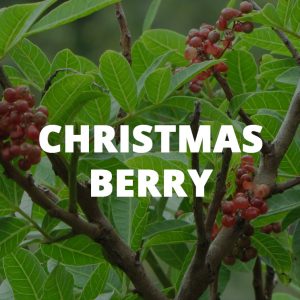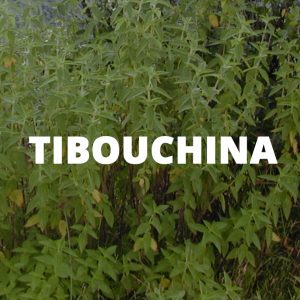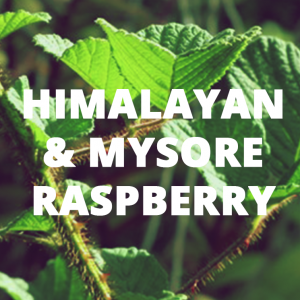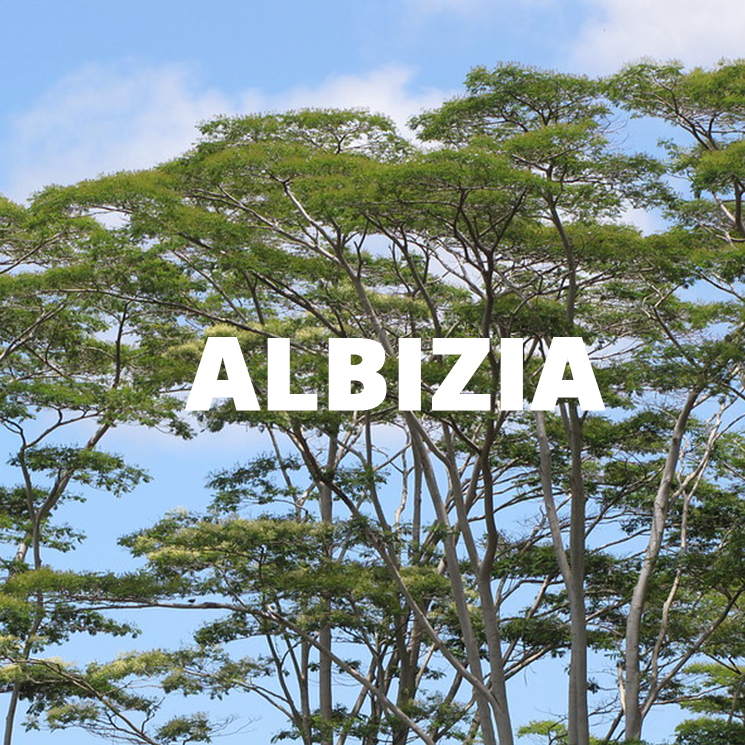Latest in Hawaiʻi Biocontrol

Planning is underway to create new facilities on O’ahu and Hawai’i island that would greatly increase biocontrol capacity in the state.
Goal: New Biocontrol Facilities
Modern biocontrol has been safe, successful, and cost-efficient in Hawaii for over fifty years, but the quantity and capacity for projects has dropped over time. This is partly due to small and aging facilities that limit the number and types of projects researchers can study. For example, albizia trees are considered one of the worst and most costly invasive species in the state, but the large trees need a lot of space to effectively research and perform trials. Other organisms, such as rust funguses, have the potential to be very effective controls, but facilities in Hawaiʻi do not have the containment requirements to study organisms this small, or enough space to run multiple long term trials of different biocontrols simultaneously.
A multi-agency and non-governmental partner coalition is focused on gaining support for new biocontrol facilities to meet the needs of Hawai‘i and the Pacific region. Biocontrol has been shown to be extremely cost effective, with benefit to cost ratios ranging from 2:1 to 30:1 to 7,563:1 depending on the project (Wilgen et al 2020, Naranjo et al 2019). Investments in facilities will more than pay for themselves in the prevention of damages that invasive species can cause to watershed functions, endangered plants and animals, and infrastructure like roads and buildings (like this after Hurricane Iselle). Current plans call for the construction and operation of two new facilities on Oʻahu and Hawaiʻi island that would meet the demand for biocontrol research, create new opportunities for students and communities, and would allow agencies to continue to collaborate to address the long list of pests and weeds of Hawai‘i and the region.
Current Projects:
 |
|||
|
INVASIVE SPECIES: Erythrina Gall Wasp (Quadrastichus erythrinae) NATURAL ENEMY: Aprostocetus nitens |
Upcoming Projects:
Recent Past Project Archive:
INVASIVE SPECIES: Strawberry guava (Psidium cattleianum) / NATURAL ENEMY: Tectococcus ovatus (2011)
INVASIVE SPECIES: Erythrina gall wasp (Quadrastichus erythrinae) / NATURAL ENEMY: Eurytoma erythrinae (2008)
USEFUL LINKS
ERP – How the environmental review process works
ERP – The Environmental Review Program Homepage
HDOA Plant Pest Control Branch
USDA Forest Service, Pacific Southwest Research Station





